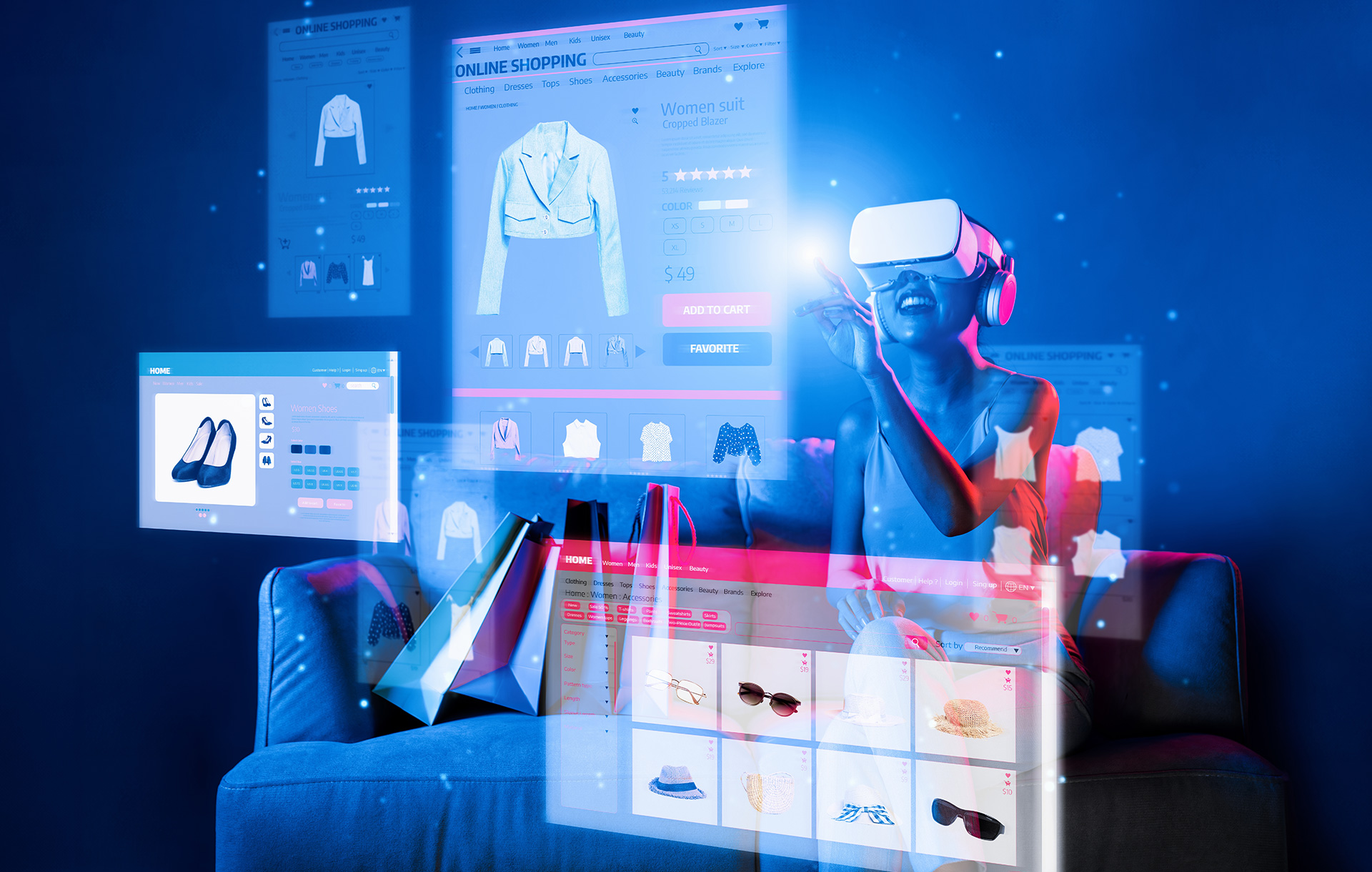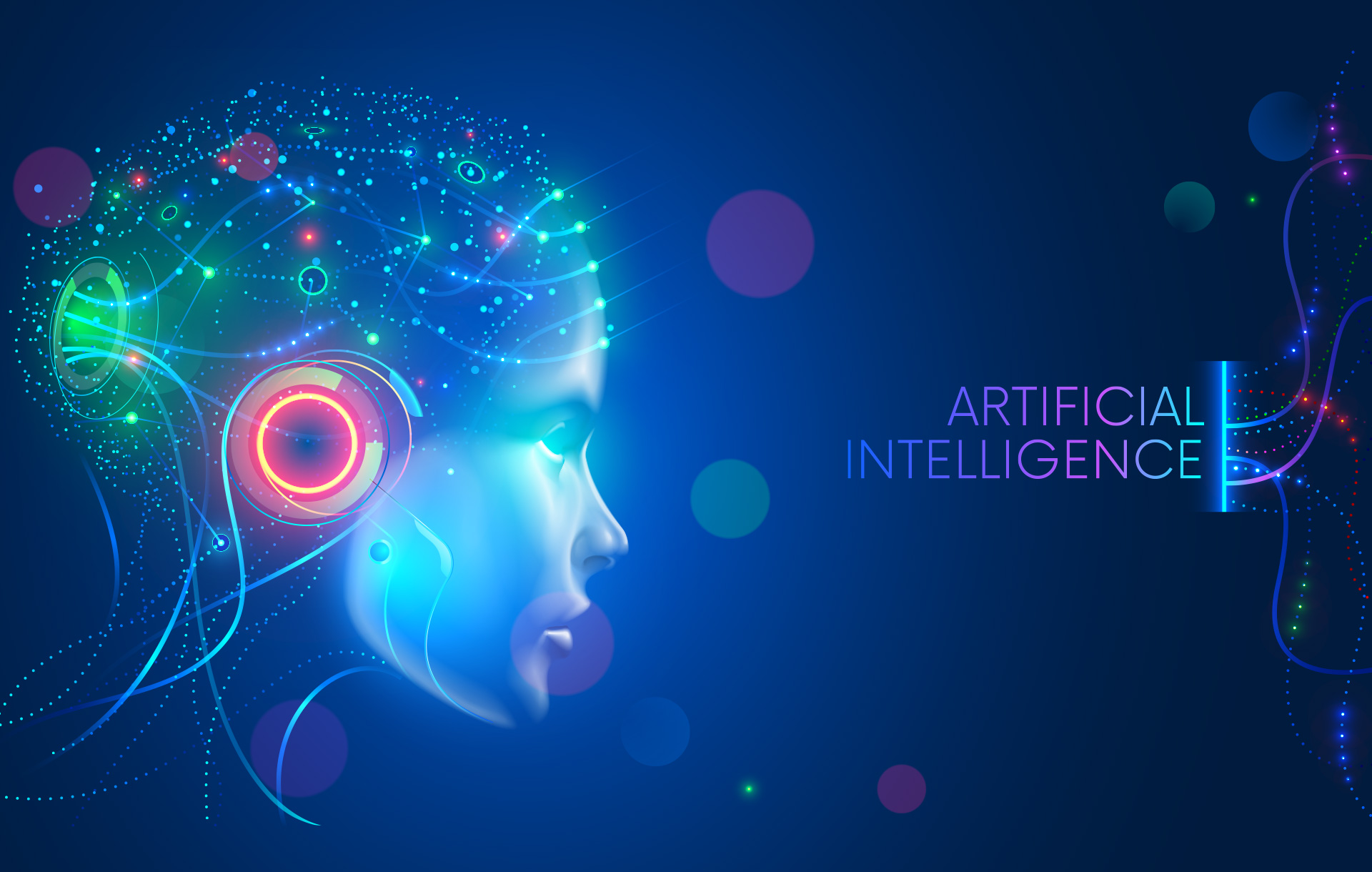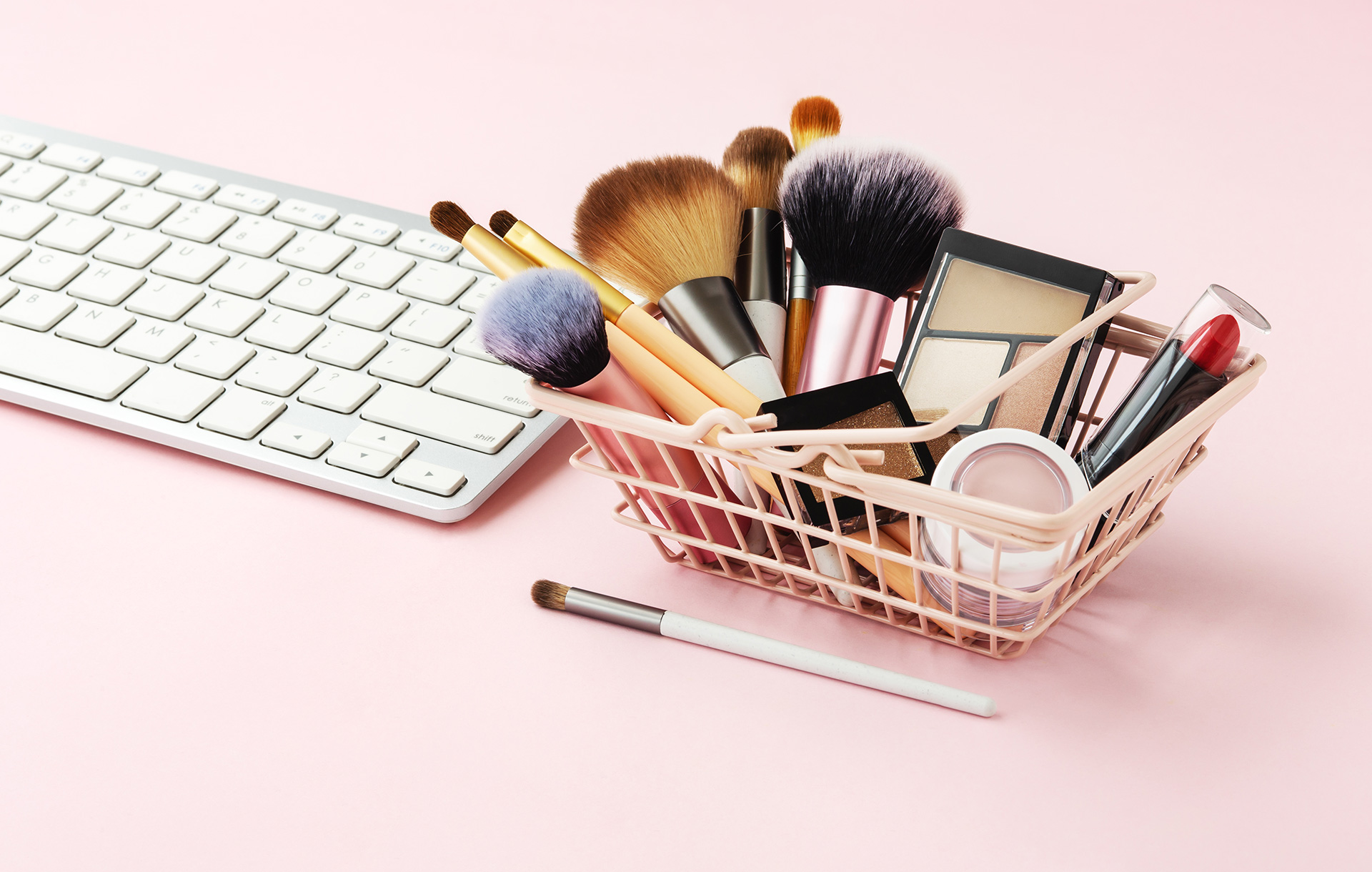eCommerce Web Design Trends That Will Help You in 2025
Did you know that 94% of a website’s first impressions are related to design? Web design is a particularly nuanced form of creative visual communication driven by the needs of the user. And as creative design agencies have started to think more and more about those needs, focusing now on UX and UI, the role of the designer has become more than just the expert aesthetic problem solver.
We live in a world of rapidly advancing technologies and creative tools. The digital designer’s job is now to visually excite their audience, curate a journey and find a way to Do Something New. It’s no small task. The digital design landscape is fast-moving, and it’s your job to stay one move ahead of everyone else out there. Here’s a look at website design trends for 2025.
What is the Significance of Staying Updated with Design Trends?
Staying updated with eCommerce website design trends now is vital for any business operating online, especially for those in the eCommerce sector. The importance of updated design can be highlighted in several ways:
- Enhance user experience – Design trends often reflect changes in technology and user behaviour. By keeping up with these trends, businesses can provide an improved user experience, leading to increased engagement, satisfaction, and conversions.
- Stay competitive – In the rapidly evolving digital landscape, businesses that fail to stay up-to-date risk being left behind. Staying updated with design trends can help maintain a competitive edge.
- Promote innovation – By following the latest design trends, businesses can find inspiration and ideas that spur innovation. This can lead to the creation of unique, trend-setting designs.
- Improve brand image – A modern, trendy website reflects positively on a brand, showing that it is relevant, forward-thinking, and customer-centric.
Top eCommerce Designs Trends 2025
Considering the importance of staying up-to-date with the latest eCommerce website design trends, we’re going to take a look at some of the main trends for 2025:
The New Flat Design
Flat design is the simplified, minimal aesthetic that you’ve probably become used to seeing employed across digital brands. It’s sort of the epitome of “form follows function”: the ultimate user-centric design, prioritising purpose over beauty. There’s a crispness to flat design, with typography usually a clean sans-serif, copy minimal, and UI elements like buttons and links are clear and noticeable. In 2025, flat design will get something of an upgrade. Digital designers will begin to add subtle depth and texture with gradients, soft, stylised shadows, and more hidden elements. More of a “form and function walk hand in hand” sort of deal.
3D Product Visualisation
The rise of 3D product visualisation represents a significant shift in how customers interact with products online. Instead of relying on static images, customers can view 3D representations of products by rotating them and zooming in to view details.
This offers a much more immersive shopping experience and can help bridge the gap between online and physical retail.
For eCommerce businesses, investing in 3D product visualisation can lead to numerous benefits, including:
- Increased customer engagement
- Reduced returns (as customers have a more accurate understanding of the product before purchasing)
- Increased conversion rates
Businesses may also consider combining 3D product visualisation with Augmented Reality (AR) to provide an even more engaging experience.
Intersecting Elements
Design over the past five years has often been about inside of the box (or…grid) thinking. 2025 will see everything getting a bit more free-flowing when it comes to web page design. Broken grid layouts and intersecting elements will both become more common. As businesses continue to differentiate themselves from their competition, we’ll also see designers breaking the rules by playing around with asymmetry. Again, this represents a nudge forward from user-centric minimalism – asking the user to make their own decision about where their attention is drawn.
Augmented Reality (AR)
Augmented Reality (AR) technology overlays virtual objects in the real world, allowing customers to visualise products in their own environment. For instance, customers can see how a new shower looks in their bathroom or how a pair of glasses looks on their faces.
The use of AR in eCommerce is on the rise, driven by advancements in AR technology and increasing customer demand for immersive shopping experiences.
AR can significantly enhance the online shopping experience, reducing the uncertainty that often comes with online shopping and leading to increased customer confidence and satisfaction.
Mobile & Context-Led Design
In ecommerce website development, mobile-responsive design has long been dominant in top-tier brands and businesses. In 2025, method mobile-first design will become a near prerequisite, and designers will continue to innovate. Of course, it goes without saying that mobile-first design is the best SEO practice. The other side of this will be brands considering that their users are actually visiting their site at various different points across different devices before acting, with different motivations at each point.
Most user-centered design projects begin with a research phase. This research phase will now look more closely at what purpose each device is being utilised for – are visitors using their mobiles in the research phase? Are they moving across to the desktop once they’re ready to purchase? These kinds of learning will facilitate a responsive design that takes into account the context of the user’s visit.
Micro-Interactions
A user journey is made up of a series of interactions. And good UX/ UI design was always about getting to know the user. In website design for 2025, we’ll take this a step further – really, really getting inside the user’s head. This is a useful analogy in defining micro-interactions: “If individual interactions are the cells that make up the UX, then micro-interactions are the atoms within the cells.” Some examples of micro-interactions include the pull-to-refresh UI pattern, loading progress bar, or an animation that confirms an action (e.g. item added to cart). Delving into micro-interactions can take a well-design user journey to something that feels totally seamless and intuitive… turning your website into something almost weightless.
Green and Sustainable Design
As consumers become more conscious of their environmental impact, many are seeking out businesses that share their values. As a result, green and sustainable design is becoming a major trend in eCommerce.
This involves highlighting eco-friendly products and sustainable business practices, using natural and organic design elements, and providing information about the environmental impact of products.
By adopting green and sustainable design, businesses can attract eco-conscious customers and position themselves as responsible and forward-thinking.
VUI Design
Voice is here. And 2025 is the year that designers start integrating technologies into the user journey.
With the increasing prevalence of voice assistants like Alexa, Siri, and Google Assistant, more and more people are using voice commands to search the web and shop online. As a result, incorporating Voice User Interface (VUI) into eCommerce websites is becoming more important.
As users become more comfortable interacting with bots (and trusting those bots to carry out their requests…), designers will need to focus on conversational interfaces. In the initial stages, this will probably mean building voice-operated functionality into other areas of the journey – e.g. giving the customer the option.
Ultimately, VUI can enhance the user experience by providing a hands-free, conversational way of interacting with a website. This can be especially beneficial for mobile users, who may find voice commands more convenient than typing. To effectively implement VUI, businesses need to understand how customers use voice commands and optimize their websites accordingly.
How to Select the Perfect eCommerce Design for Your Website
With so many of the latest eCommerce design trends to choose from, it can be difficult to know where to begin.
Selecting the perfect design for your e-commerce website depends on various factors.
Here are some steps to guide you on how to choose the perfect eCommerce design:
- Understand your target audience – Know who your customers are, what they prefer, and what their online shopping behaviours are. This understanding will guide your design choices.
- Define your brand – Your website should reflect your brand identity. Keep your branding consistent across all elements of your website, including colours, fonts, and imagery.
- Focus on functionality – A beautiful website is useless if it’s not user-friendly. Prioritise functionality and usability in your design.
- Consider mobile experience – With more people shopping on their phones, your website must be mobile-friendly.
- Follow best practices – There are industry best practices for eCommerce design, like simple navigation, clear CTAs, and secure checkout processes. Make sure your design aligns with these.
- Stay updated with trends – Keep abreast of the latest eCommerce design trends. While not every trend will be suitable for your website, they can provide inspiration and show you what’s possible.
Remember, the perfect eCommerce design balances aesthetics, functionality, and brand identity while meeting the needs and expectations of your customers.
Looking for more UX & design insight from a leading creative agency? We can help. Get in touch here to talk to us about your project.
Subscribe To Us
Contributors
Categories
Subscribe To Us
Contributors
Categories

This website uses cookies so that we can provide you with the best user experience possible. Cookie information is stored in your browser and performs functions such as recognising you when you return to our website and helping our team to understand which sections of the website you find most interesting and useful. Third party cookies such as Google Analytics is also used on this site to provide analytics in order to better understand the user engagement on our site.
You can adjust all of your cookie settings by navigating the tabs on the left hand side.
Strictly Necessary Cookie should be enabled at all times so that we can save your preferences for cookie settings.
If you disable this cookie, we will not be able to save your preferences. This means that every time you visit this website you will need to enable or disable cookies again.







0.Comments